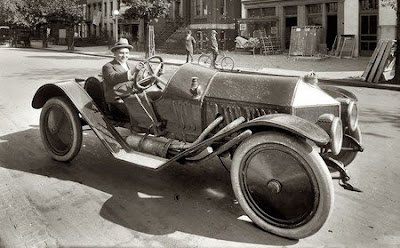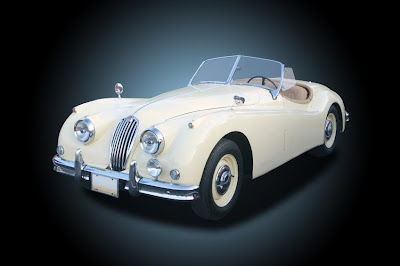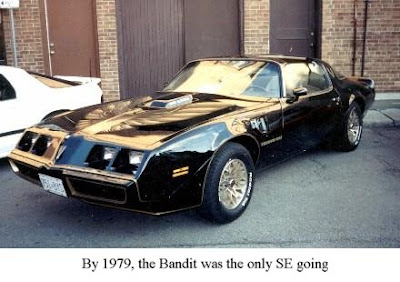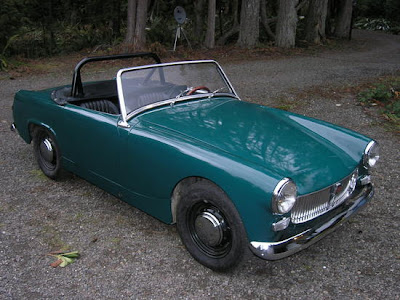Tip Spray Glue Shields
Saturday, January 29, 2011
1:24 PM
,
4 Comments
ป้ายกำกับ: Article , Autos , Cars , Cars Article , Classic Cars , Classic Cars Article , Club , New , Restoration Cars , Restoration Cars Tip , Restoration Classic Cars , Restoration Tip , Spray Glue Shields
ป้ายกำกับ: Article , Autos , Cars , Cars Article , Classic Cars , Classic Cars Article , Club , New , Restoration Cars , Restoration Cars Tip , Restoration Classic Cars , Restoration Tip , Spray Glue Shields
Restoration Classic Cars
Restoration Cars Tip Spray Glue Shields
Restoration Classic Cars
Restoration Cars Tip Spray Glue Shields
Restoration Cars Tip
One of the biggest problems using Spray Glue for upholstery is keeping the glue off the visible side of the material. Once you get a drop or mist of glue on there all the cleaning in the world will be of little help. You'll ultimately end up with a spot that collects dirt and grime and shows up to mar your otherwise perfect upholstery job.
To combat this problem, always keep scrap sheets of printer paper next to the workbench. You can surround the flaps of material that you are spraying with the sheets of paper. They are stiff enough to slide underneath and light enough not to slip away. Use each piece of paper once and then throw it away. Any residual glue will transfer from it to your upholstery fabric.
To combat this problem, always keep scrap sheets of printer paper next to the workbench. You can surround the flaps of material that you are spraying with the sheets of paper. They are stiff enough to slide underneath and light enough not to slip away. Use each piece of paper once and then throw it away. Any residual glue will transfer from it to your upholstery fabric.
Related : Restoration Cars Tip Spray Glue Shields By Guide ~ Restoration Cars Tip Spray Glue Shields, Restoration Classic Cars







































.JPG)
















